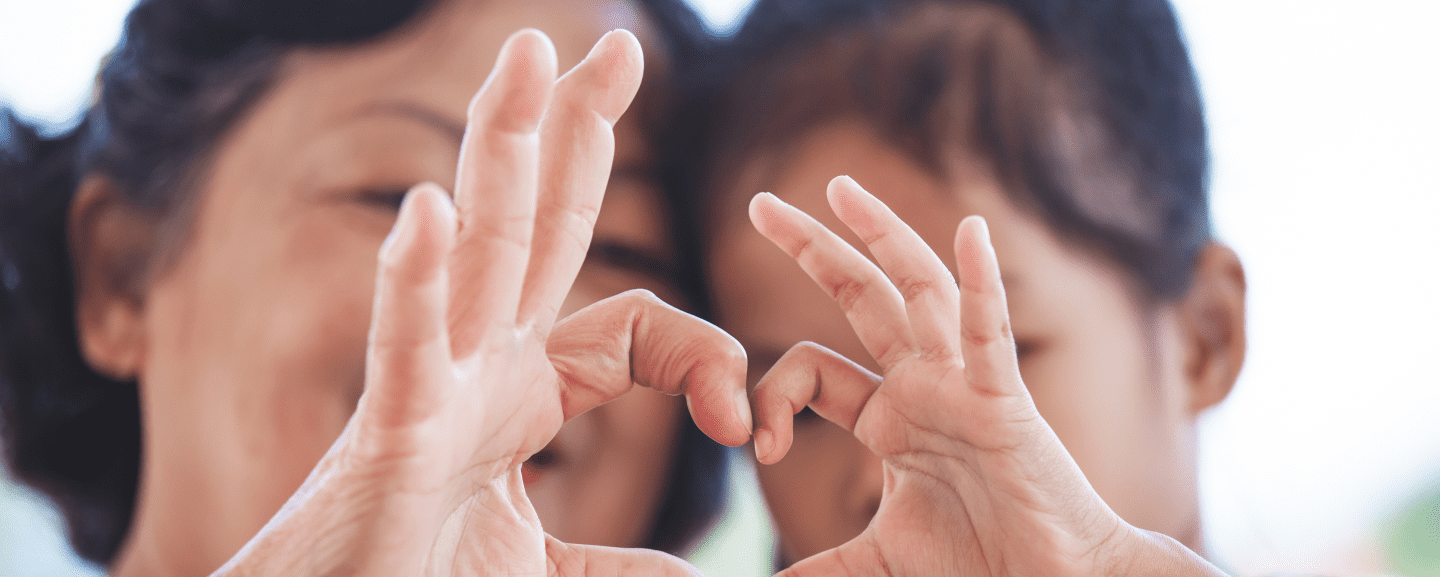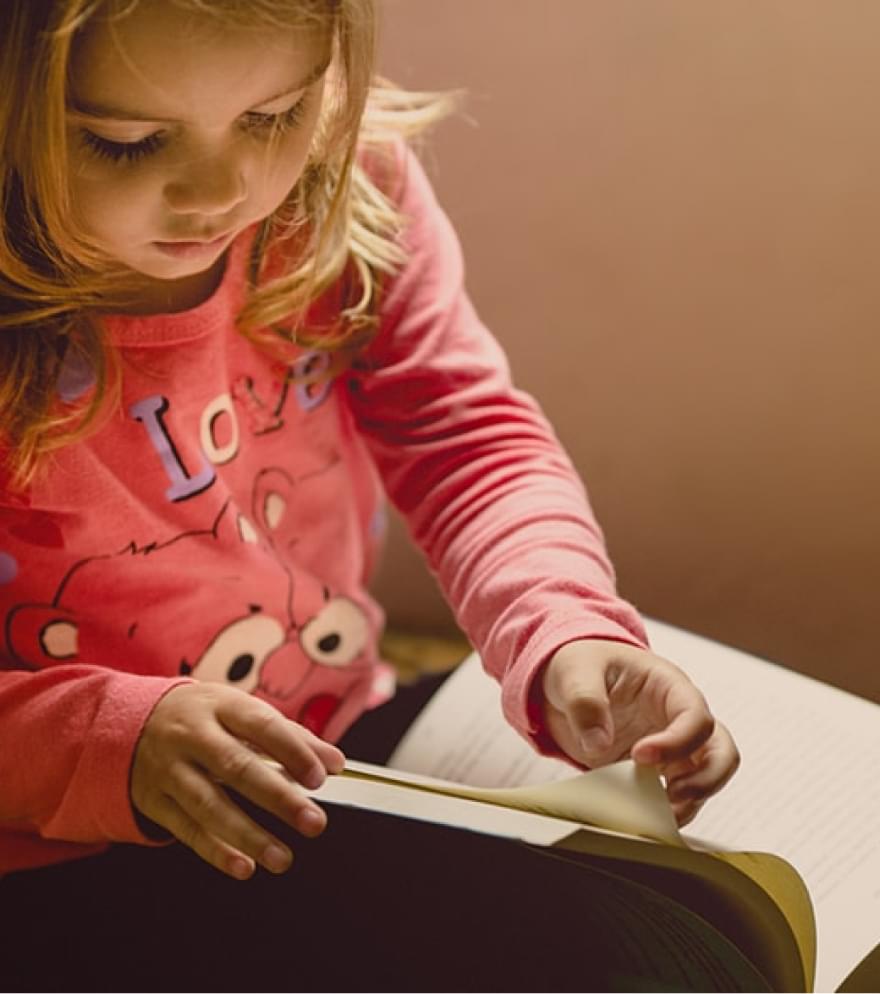What are PCEs?
The foundation for a resilient life can be built on small yet powerful moments throughout childhood. Meaningful...
read MORE
Traumatic events — violence, accidents, natural disasters — can have a serious negative impact on anyone. But for a young child, whose brain is still developing, trauma can lead to serious impairment and cognitive delays.
Resilient Lehigh Valley, in partnership with United Way of the Greater Lehigh Valley, is a cross-sector, collective-impact effort dedicated to increasing youth resiliency through creating a trauma-informed and resilient community. To date, Resilient Lehigh Valley has trained more than 4,000 educators, health-and-human-service professionals and law-enforcement members in trauma-informed practices and secured commitment to taking a trauma-informed school approach with 7 out of the region’s 17 school districts.
LEARN MOREMost of the social challenges we face as a community — such as homelessness,
substance abuse, and violence — are rooted in exposure to childhood trauma.
When we experience trauma, our brains sense danger and release stress hormones, adrenalin and cortisol, to help us get to safety through fight, flight or freeze responses. In a young mind, these stress hormones, especially if they are released on a frequent basis, can impair neural pathways being built, causing cognitive, social and emotional delays.
But as the brain can be hurt by traumatic experiences, the brain can be healed through safe and nurturing relationships. Adversity is only part of the equation. The presence and power of one’s protective factors determines how well we can navigate the adversities we face. Protective factors include natural abilities (athletic, artistic, academic), exposure to positive peer opportunities (after-school clubs, programs, sports teams) and most importantly a safe, supportive relationship with an adult.

How childhood trauma affects health across a lifetime

According to the CDC the lifetime cost of child maltreatment incurred annually in the United States is $401 billion.
CDC research tells us that two-thirds of Americans have experienced at least one type of childhood trauma, or Adverse Childhood Experience, with one in six experiencing toxic levels of traumatic stress (exposure to four or more types of ACEs).
In communities with high concentrations of poverty, the rate of trauma exposure can be as high as 80%, with close to 4-in-10 experiencing toxic levels of stress, according to a Philadelphia ACES Study.
Experiencing 4 or more ACEs is associated with significantly greater risk for 7 out of 10 leading adult causes of death, including heart disease, stroke, cancer, COPD, diabetes, Alzheimers and suicide. Adults with an ACE score of 6 or more are at risk of their lifespan being shortened by 20 years.

Exposure to Violence and a Childs Developing Brain
Resilient Lehigh Valley provides training and resources on trauma
awareness and trauma-informed responses.
Resilient Lehigh Valley provides training and resources on trauma
awareness and trauma-informed responses.
The foundation for a resilient life can be built on small yet powerful moments throughout childhood. Meaningful...
read MOREIn December, United Way of the Greater Lehigh Valley (UWGLV) and Resilient Lehigh Valley (RLV) launched the #YouthSpeakUpLV...
read MOREUnited Way of the Greater Lehigh Valley (UWGLV) and Resilient Lehigh Valley (RLV) hosted their annual Hope and...
read MORE
Sed purus a lobortis odio urna netus eget sus porttitor volutpat euismod.

Check out this powerful multi-media campaign that represents a collective effort involving United Way of the Greater Lehigh Valley, Resilient Lehigh Valley and Aevidum.
#ParentsOpenUpLV is a series of social media videos featuring real parents and grandparents offering practical ways that they connect with their children, and especially teens, in an unscripted format.
#YouthSpeakUpLV is a series of impactful public service announcement videos created with direct input collected from focus groups comprised of Lehigh Valley teenagers.